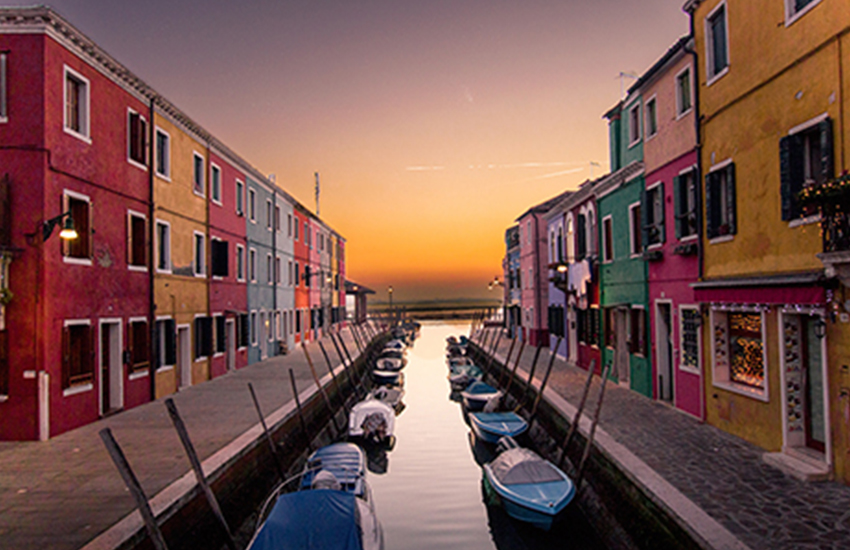Step aside, 4K: High Dynamic Range (HDR) is the most exciting jump in picture quality since the transition to HD, and it’s available on more TVs than ever. But if you bring home your shiny new HDR TV only to find that shows are too dark to see, you might think there’s something wrongafter all, isn’t HDR all about brightness? Here’s what’s going on and what you can do to brighten the picture.
The movies and shows you’ve been watching for years were mastered in what we now call standard dynamic range, or SDRand it’s actually quite dim, mastered with peak brightness levels of only about 100 nits. Most modern LCD TVs, however, are capable of putting out 300 nits or more when playing that SDR content, so if you’re in a brightly lit room, you can just crank up the backlight, which lifts the brightness of everything in the picturefrom dark shadows to bright highlights.
HDR is different. Its main purpose is, as its name suggests, to create a higher dynamic rangethat is, a bigger gap between the dark parts of a scene and the bright parts. In HDR, bright highlights can be 1,000 nits or more, depending on the capabilities of your TV. In HDR, a sun shining through the forest will really pop against the shady foreground, or a campfire will glow like an oasis of warmth against the dark desert night. On the right TV, this creates an incredible image, but it doesn’t mean the entire image is brighter than its SDR counterpartonly those highlights are. The average brightness of the HDR scene should, in theory, be similar to that same scene in SDR (though this can vary from movie to movie, depending on how it was graded).
However, there’s a problem: Many TVs default to the maximum backlight and contrast levels in HDR mode, so you can’t crank them any higher for that well-lit living room like you can with SDR content. This isn’t true of all TVs, but it is common, and it can leave you in quite a pickle.
Even worse, some TVs actually darken the image to make up for their HDR failings. “The light output of many value 4K HDR TVs is often no different than that of many non-HDR TVs,” says Robert Heron, a professional TV calibrator and host of the AVExcel home theater podcast. This is most common on cheaper TVs, but it can happen with certain midrange or even high-end models that cut corners on brightness. Combine that with HDR’s wider color palette, which many of these lower-performing TVs can’t reproduce, and the TV has to do something to make up for its shortcomings.
When a TV can’t reproduce those bright highlights at the specified levels, it performs a process called tone-mapping to fit the content to its capabilities. Say you have a lower-end TV that’s capable of only 350 nits in HDR. When it plays a scene that has a 1,000-nit highlight, it has to adjust the scene so that highlight is only 350 nits. There are two main ways TV engineers approach this:
- Some TVs will “clip” the bright highlights, keeping the average brightness of the scene where it is. The picture won’t darken much, but the highlights may be a bit blown out.
- Other TVs will lower the average brightness of the scene, preserving the detail in the highlights but making the overall image darker than it was originally mastered.

